TIG welding is the best welding process for achieving high-quality welds, especially when precision is paramount.
It is frequently used for highly cosmetic applications or those involving thinner metals that require strict heat control.
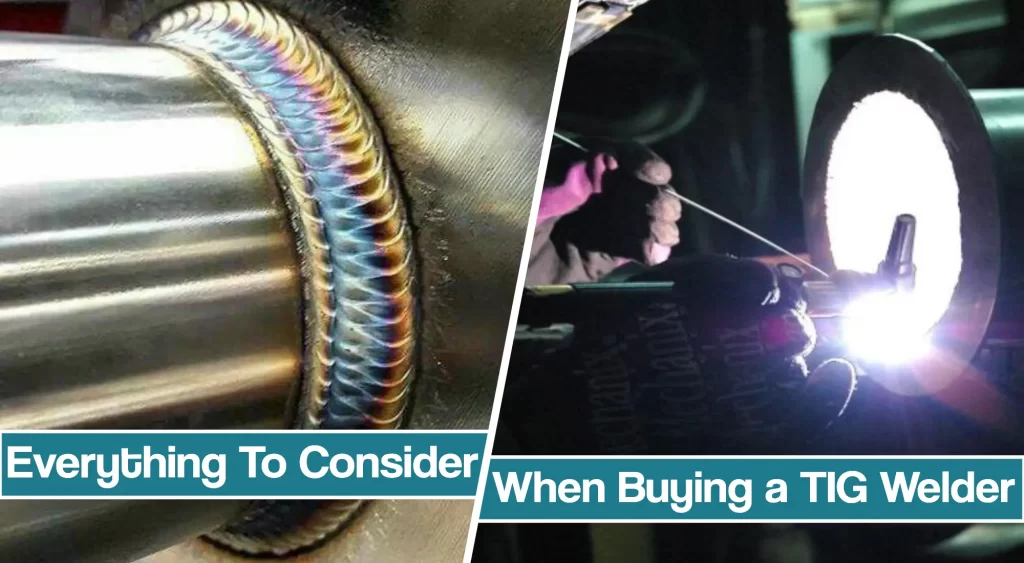
Selecting the right TIG welding machine for your application is easy if you follow the right criteria. The challenge becomes how to select the right TIG welding machine for the best performance on the application.
In this article, you’ll learn about features like pulsed TIG, how to determine the needed amperage, duty cycle, differences between AC and DC TIG welding, and a few other important details to help you choose your TIG machine.
Why TIG Welding Is So Popular
The answer to this question is simple: the GTAW welding process provides exceptionally clean, good-looking, precise, and strong welds.
There is no spatter involved, and if you are skilled, you can manage heat input efficiently.
These characteristics make TIG welding process very attractive for highly cosmetic applications, such as automotive, sculpture, experimental aircraft, and home-hobbyist jobs.
It is commonly used in applications that have thin-gauge sections of stainless steel, chrome-moly tubing, or lighter metals such as aluminum, and copper alloys.
These thinner materials require precise heat control to prevent warping or burn-through of the base metal.
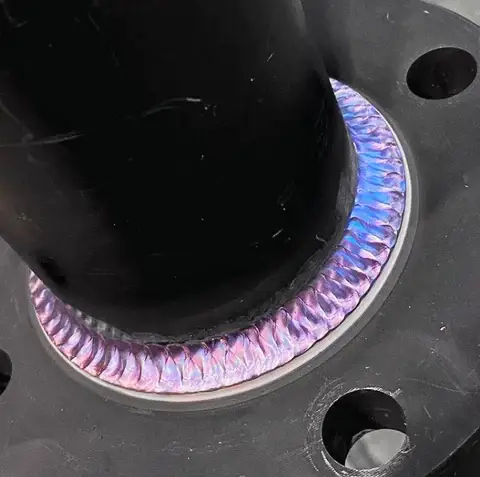
TIG welding machines (their power sources) do a great job of maintaining a focused, stable arc at low amperage outputs. This is necessary to weld very thin materials and to achieve high quality arc start.
Choosing the Right TIG Welder
There is a wide range of factors to take into consideration when selecting the right TIG welder. The guide below notes some of the most important aspects of TIG welder selection. But, we also have a full buying guide with reviews of the best TIG welders on the market.
Amperage Output
You want a machine that provides the widest amperage range at the best possible cost. A TIG welder with too narrow of an amperage range can dramatically limit the metals you can weld.
A machine with a range of 5 amps to 250 amps provides the flexibility you need to weld on thin materials such as 24 gauge stainless and up to ¼ in. thick aluminum.
But, with some preheat, you can weld even thicker aluminum than that.
To weld aluminum, you need higher amperage settings than steel or stainless.
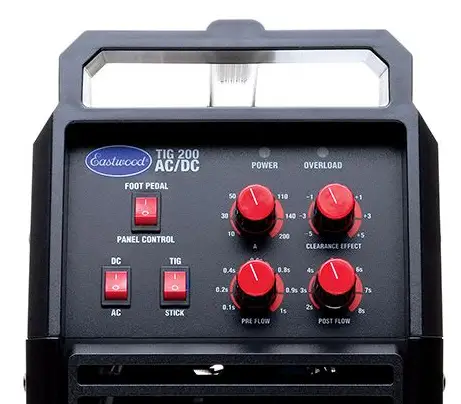
A TIG welder that cannot output at least 200 amps limits the maximum thickness of aluminum you can weld from ⅛ in. to 3/16 in. The wider the range, the more applications you can perform without having to purchase multiple welding machines.
Low Amperage Welding Performance
In addition to operating with a wide amperage range, you should select a TIG machine that has good arc stability at settlings below 10 amps.
TIG welding is often done on thin materials, so you want to be able to start the arc without a lot of high frequency or hot start.
Some machines claim to have starting technologies to help establish the arc, but many of those low-end machines produce only a hot start. In a hot start, the machine actually spikes up to a higher amperage to start the arc for a few milliseconds.
That higher starting amperage can create an arc that could be too powerful and burn through the material you are welding.
Also, a hot start does not help with arc stability while welding and does not help the operator to maintain good arc control while crater filling, which we will discuss next.
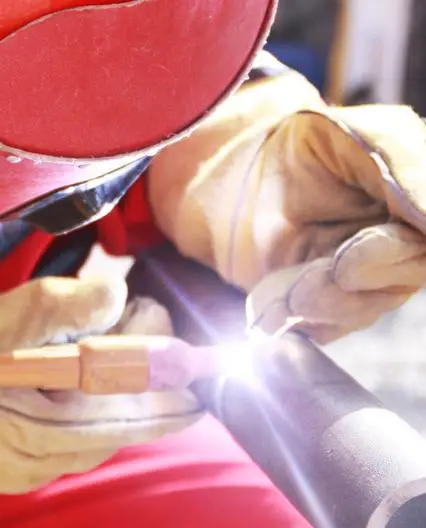
The arc stability is the most important thing when starting the arc but in order to make those beautiful TIG welds, the arc must also be stable throughout the welding process.
Let’s say you are making an edge weld on thin material to build up or repair a boat propeller. The last thing you want is to burn the material away at the start or have the arc wandering off the edge of the material.
Stability at low amps also is critical when finishing the weld.
In TIG welding, it is common to ramp down the output amperage at the end of the weld to fill in the weld crater — the concave divot at the end of the weld bead.
When welding on aluminum, creating a large concave weld crater at the finish can lead to cracking as the material cools. Being able to control the arc while gradually lowering the amperage makes the weld crater less concave, and allows the weld puddle to cool slowly, reducing stresses that can cause cracking.
TIG welders with special background circuit technology deliver extremely stable, low amperage starting current, as well as welding and crater filling for AC and DC TIG welding.
Duty Cycle
The duty cycle rating determines how long you can use your TIG welder before it overheats. It’s expressed in percentages of a 10-minute interval. For example, a duty cycle of 30% at 250A means that you can use your TIG welder for 3 minutes at 250A output. But, you will need to let the welder rest for the remaining 7 minutes to avoid damage.
If your work requires high-volume production, you should get a higher duty cycle TIG welder.
Tungsten inert gas welding process is rather slow, so you can’t make a long weld in a short period, especially if the root gap is big. So, for industrial applications consider welders with a duty cycle of 100%.
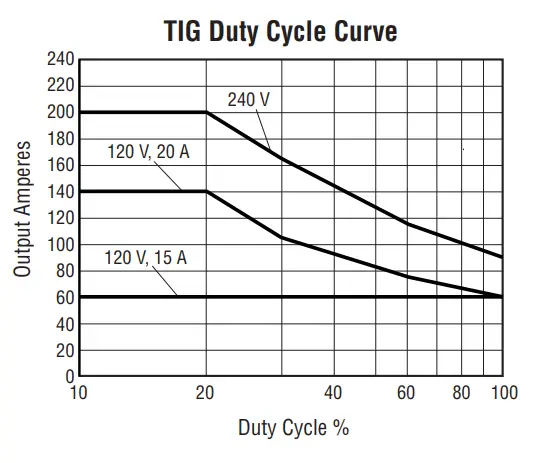
But, hobby welders prefer cheaper, lower duty cycle machines. They are less costly and get the job done.
AC and DC Welding
If you plan to weld materials other than steel or stainless steel, the right TIG welder should offer both alternating current (AC) and direct current (DC) options.
For example, you should use AC to weld self-oxidizing soft metals such as aluminum and magnesium. However, you need DC to weld hard metals, such as steel, stainless steel, and deoxidized copper.
With alternating current, the current cycle switches between a positive (DCEP) and a negative (DCEN).
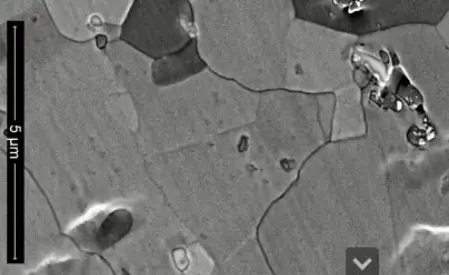
Aluminum requires the electrode positive (DCEP) of the AC cycle to clean oxides, while the electrode negative (DCEN) of the AC cycle facilitates penetration into the base metal. In other words, the positive current cleans, and the negative current welds.
A good quality TIG welder must have AC balance control. Poor quality machines offer a fixed AC balance, which is not satisfactory.
AC balance control allows you to set the amount of time during the alternating current cycle that the welder is in the negative half of the cycle versus the positive half of the cycle. To put it bluntly, the balance control allows you to set the level of cleaning vs. penetration.
Machines on the market that have fixed AC balance settings do not allow you to adjust that level for more oxidized aluminum or to the appropriate level for the amperage at which you are welding. Look for manual AC balance control when buying a TIG machine.
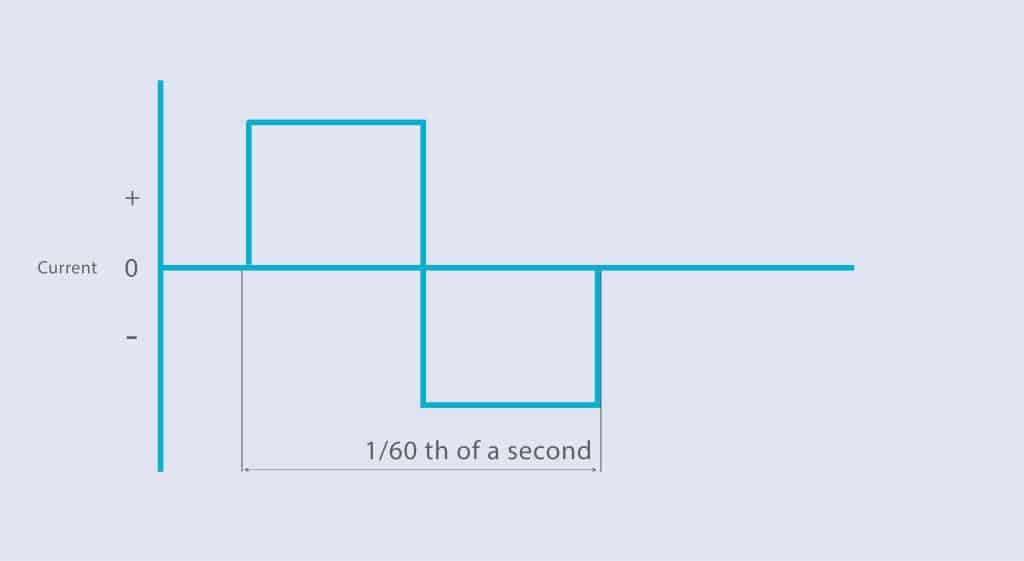
Additionally, TIG machines are available with manual balance control and with auto-balance technology. When in auto-balance mode, these machines set the percentage of cleaning versus penetration automatically based on the welding amperage of the machine.
That gives you the simplicity of not having to manually set the machine without compromising on a fixed level that may not be right for your welding application. That is especially helpful in improving the quality and appearance of the welds.
TIG Pulse Welding
The primary reason why TIG welding is superior to other arc welding processes is its heat control. But, some welders offer additional methods to control heat input, like TIG pulse welding.
On thinner materials, controlling the heat input reduces the warpage of the metal. One way to control heat input into the weld without sacrificing weld penetration is to pulse weld.
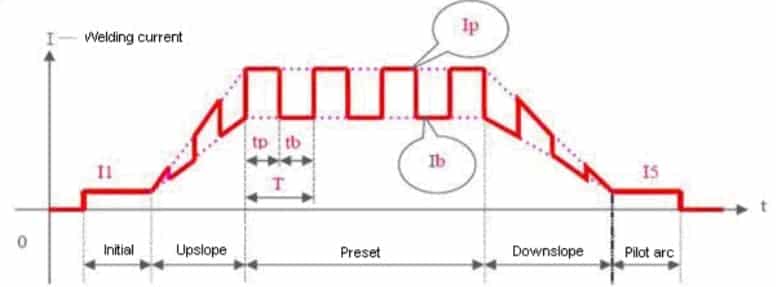
With pulsed TIG welding, the machine alternates between a higher peak current and a lower background current. As a result, the arc never has to go out, but the heat input is minimized.
Some TIG welding machines include a built-in TIG pulse to provide control of heat input. This feature is a popular training tool that can be adjusted to help you time the application of filler material into the weld puddle. For example, by setting a TIG pulse frequency to 1 Hz or one pulse per second, you can visually see the arc changing heat input and time your filler rod dabs.
In other words, during the peak amperage, dip the filler rod into the weld puddle, and during background amperage, withdraw the filler metal. This method helps beginners create a consistent, “stacked dime” weld bead appearance associated with good TIG welds.
TIG Welders Ease of Use
The TIG welding is a high-skill process, but that doesn’t mean the machine has to be complex.
The best TIG machines are user-friendly and offer easy-to-understand controls. A durable, metal foot pedal amperage control is a crucial accessory to simplify the TIG welding process by letting operators increase or decrease the welding amperage by adjusting the pressure on it.
TIG foot pedal works just like the car gas pedal. You want more heat? Throttle up. Feeling that the heat is too high? Release the pressure on the pedal, just like if you wanted to slowly reduce the car speed as you drive.
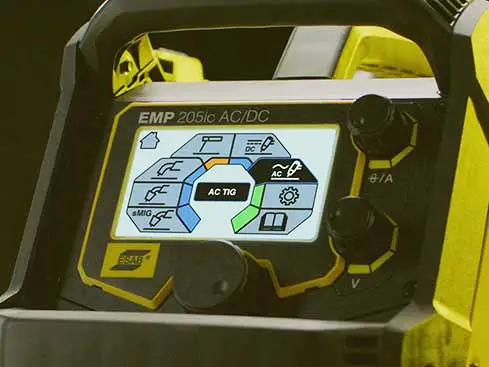
Foot amperage control is a must-have, especially for welding aluminum and stainless steel. Cold aluminum requires more amperage to weld, but aluminum will heat up quickly during welding.
A good foot amperage control allows you to reduce the amperage as the aluminum heats up, and allows you to maintain a constant travel speed and a consistent weld bead shape.
Foot amperage control also allows you to reduce the amperage at the end of the weld to achieve excellent crater fill for improved weld quality.
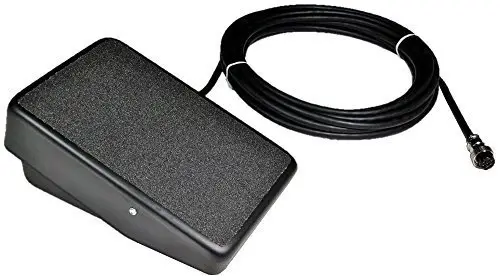
Hand amperage controls are also a thing (the TIG torch can have an amperage output knob), but to fully grasp the importance of foot amperage control, imagine trying to drive a car without a foot pedal accelerator. Besides, it’s tough to maneuver the TIG torch and use a finger on the amperage knob.
Quality Design
Many TIG machines also include numerous additional features that contribute to durability and lifespan.
Take cooling fan for an example; many TIG machines have continuously-running fans or a fan that runs after the machine heats up and trips a thermostat. A constantly running fan will shorten the lifespan of the power source by sucking in particles of dust and dirt. A welding shop is never really clean, regardless of how much you clean it there will always be metal dust in the air from grinding, welding, and cutting.
A thermostatically-controlled fan permits the internal components of the machine to thermally cycle between hot and cold, placing stress on inner components. Ideally, a fan should provide cooling only when it is truly required.
If cooling is properly timed the dust and dirt intake into the machine is reduced because the fan does not run continuously. As a result, it avoids stressful thermal cycling by maintaining a constant temperature inside the TIG welding machine.
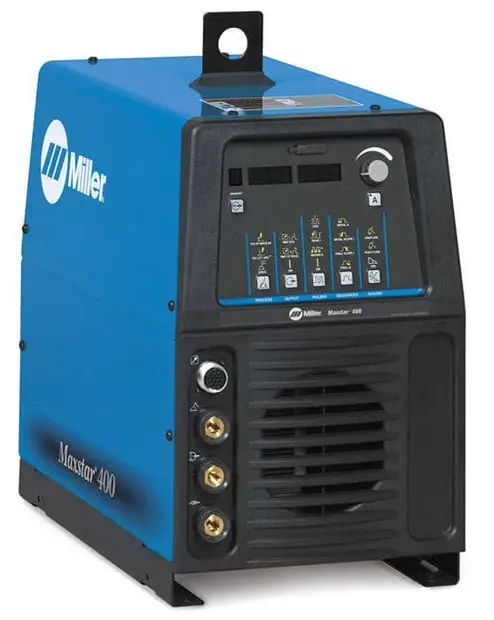
Other Considerations
There are a few additional things to look for when selecting your first TIG welder.
Make sure you select a TIG welder that has a quick change removable TIG torch.
Sometimes you might want to switch the TIG torch to a smaller, lighter torch, a longer torch, or a pencil torch to get at those hard-to-reach welds. If the torch is permanently wired into the machine, you’re stuck with that one torch, which will be disappointing as your skills grow.
Also, if you ever damage that torch, you will need to have a service electrically connect a new torch to your machine, which is costly. You can try to rewire it yourself but this will most likely void the warranty.
Before purchasing a TIG welder, think if want to use other arc welding processes in the future.
If so, make sure your TIG welder has a stick mode to expand your welding capabilities. Stick welding normally is associated with heavier, construction-type welds where appearance and spatter are not a primary concern. All TIG welding power sources support stick welding, but not all have improved arc capabilities. Additionally, not all inverter TIG welders can handle the E6010 stick electrode. So, if you need to weld pipe, take a close look at the manufacturer’s specifications to check for the E6010 compatibility.
For example, you might opt to TIG weld a go-kart frame made of lightweight chrome-moly tubing. However, if you want to build a heavy duty trailer to haul it, you would choose to stick weld the heavier materials.
Stick welding and TIG welding are very different welding processes, but they both work with the same power source type (constant current). So, all stick welders can perform DC TIG. But, it’s best to get a multi-process welder that supports at least a lift arc start because regular stick welding capabilities are quite limited for the TIG process.
Conclusion
Selecting the right TIG welder involves more than just shopping for the lowest price.
You are choosing the TIG process to make high-quality, good-looking welds, often on heat-sensitive materials – arc performance should be the most important factor considered.
However, you also need to ensure that you select a versatile TIG welder with a wide amperage range and the right controls.
By taking what we discussed in this article into consideration, you should have no problem choosing a high-quality TIG welder that you won’t overgrow as your skill level and welding capacities increase.





